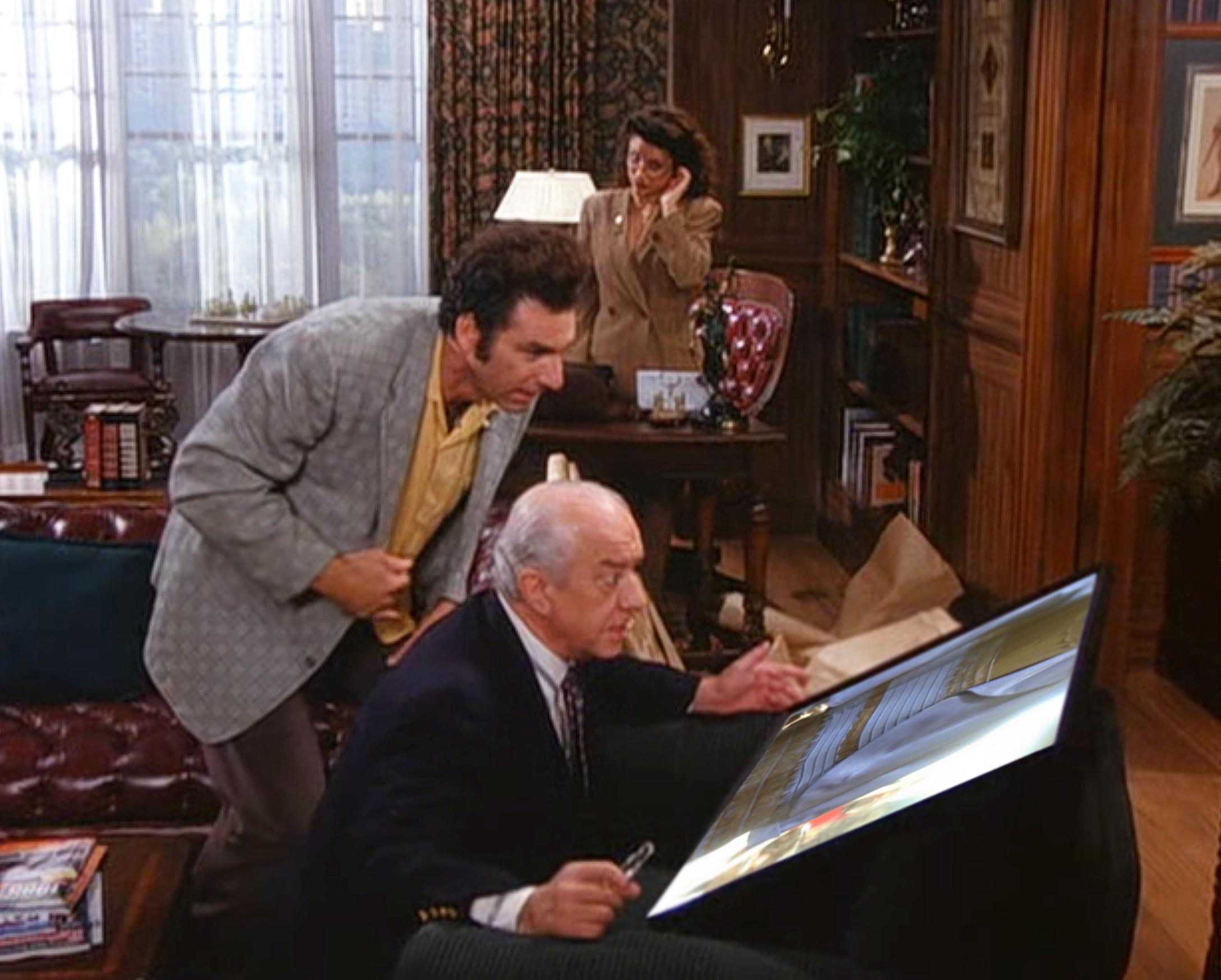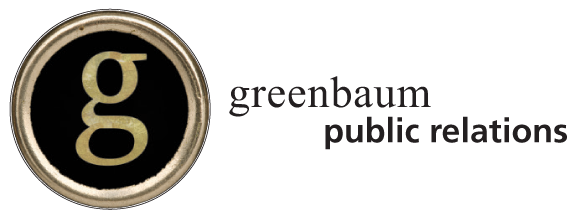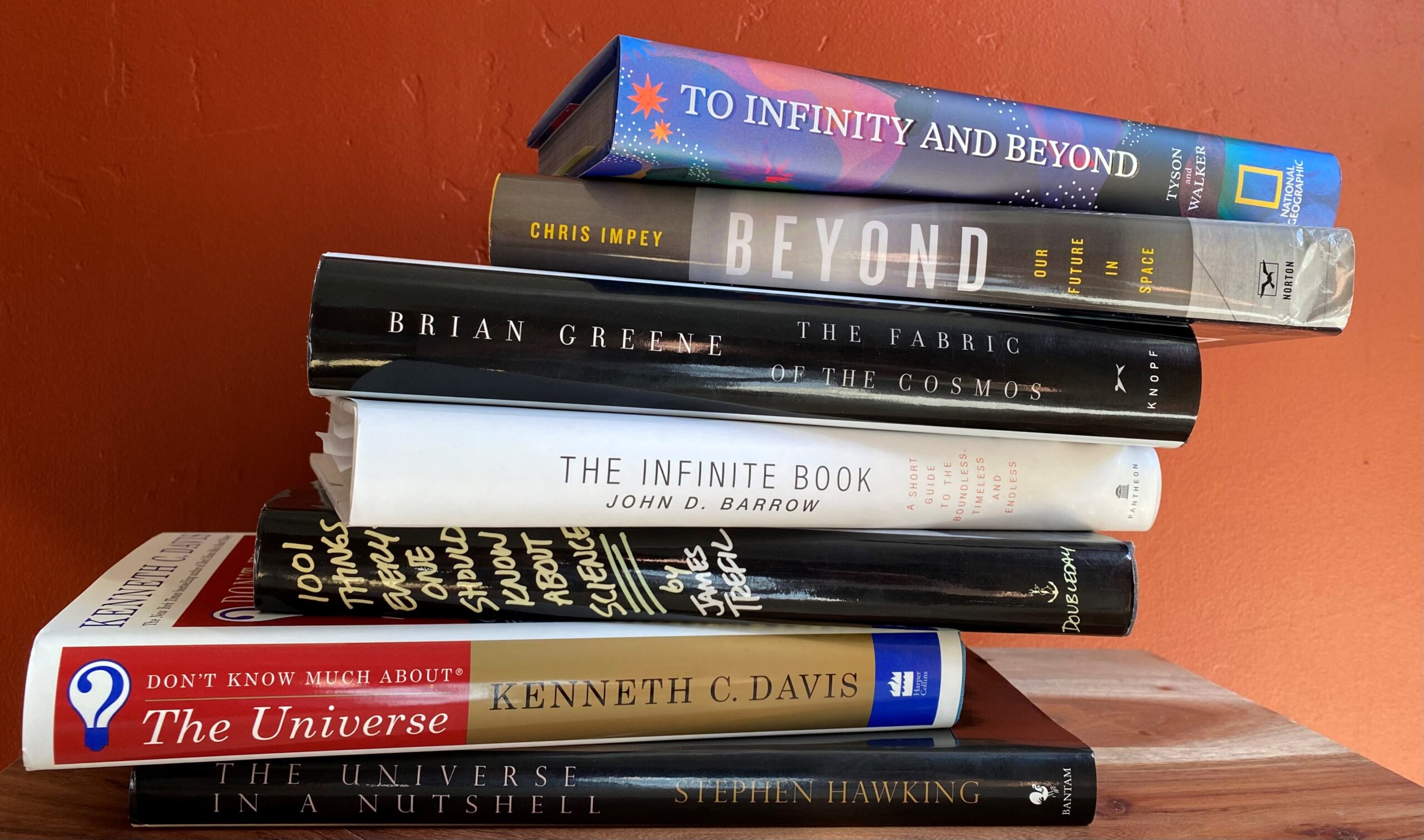
Humankind should be more in awe of the universe thanks to the new deep-field images provided by the James Webb Space Telescope. Not because the images allow us to travel back in time 13 billion years. Not even because these views expose billions, maybe trillions of star systems with planets and possible life forms.
Rather we should be in awe because of what the new images lay bare about our collective conscience: that comprehending farthest outer space remains as futile as trying to “unfocus your eyes” to make sense of one of those abstract stereograms.
These revelations should impress humans with the boundless great unknown and/or the limitations of our brains to grasp how far space really goes.
“Viewing images like these can also provide a profound sense of insignificance,” science writer Shannon Stirone suggests in a recent New York Times opinion piece. “They offer a sense of proportion and understanding of just how small we are in the grand scale.”
The truest awe we should all experience, the collective knowledge we should take from the new Webb images is that as much as scientists (and casual sightseers and day trippers) look skyward to contemplate our place in space and time, we should look within as well.
Childlike curiosity and sincere humility—two woefully overlooked paths in our quest for knowledge — may ultimately shine the brightest light on universal knowledge.
As Henry Bakersfeld, the infinitely inquisitive character in the spacey novella Humble Sky, protested to anyone who asked, or didn’t: “But where are we, what’s our relevance? We’re the butt of some cosmic joke and we’re so self-centered and naïve the punchline goes right over our heads.”
“How far? is where things get interesting … and messy,” Henry maintained. “The answer is not something to measure, it is something to comprehend.”






